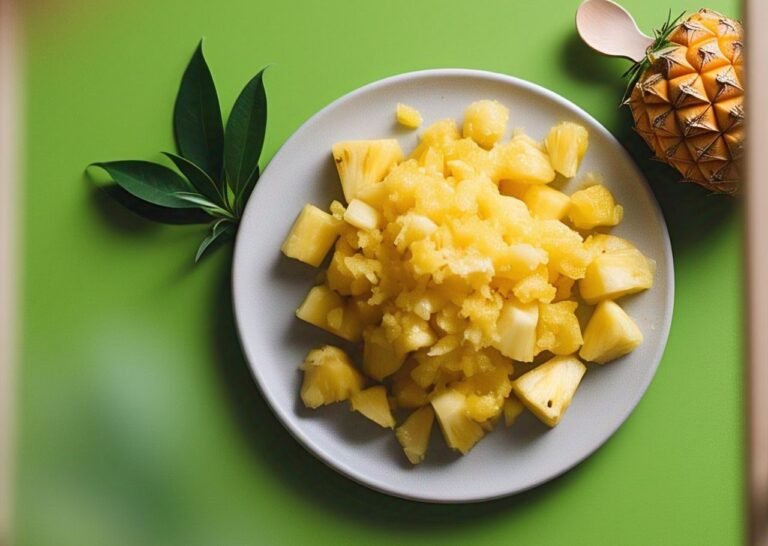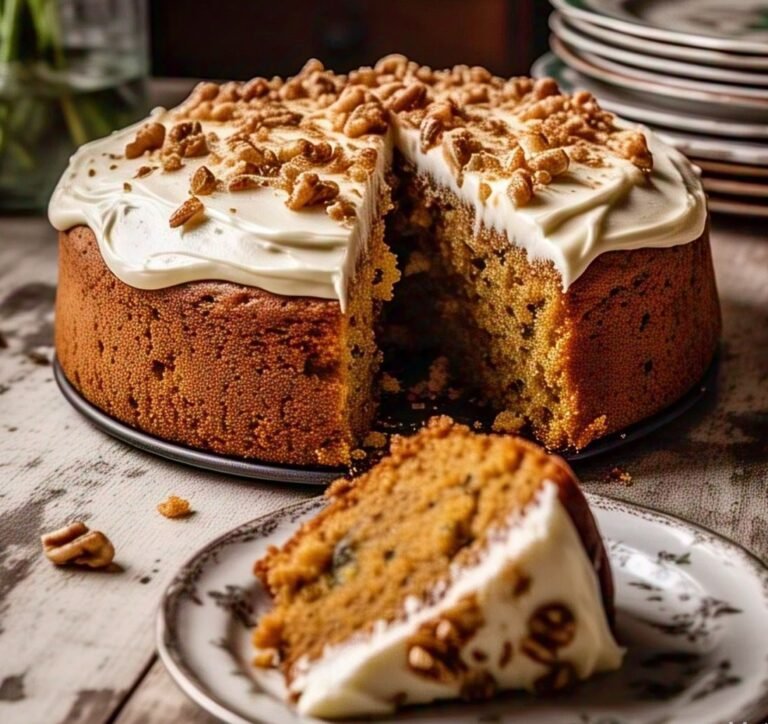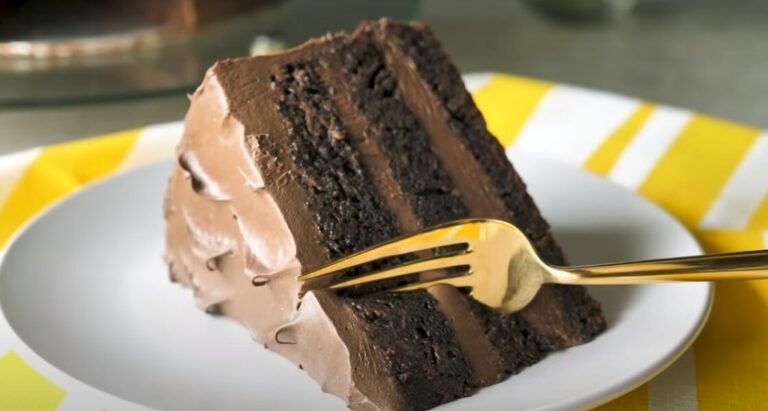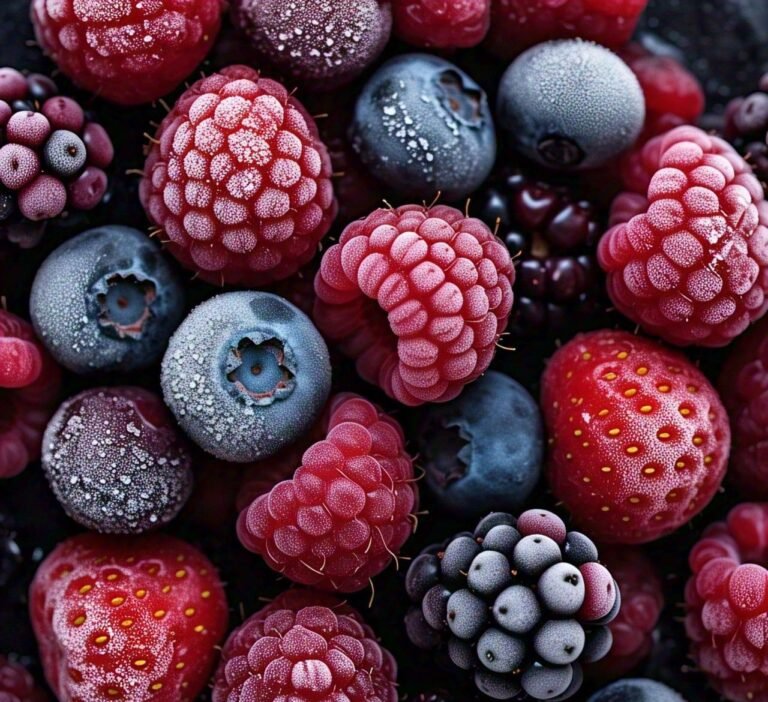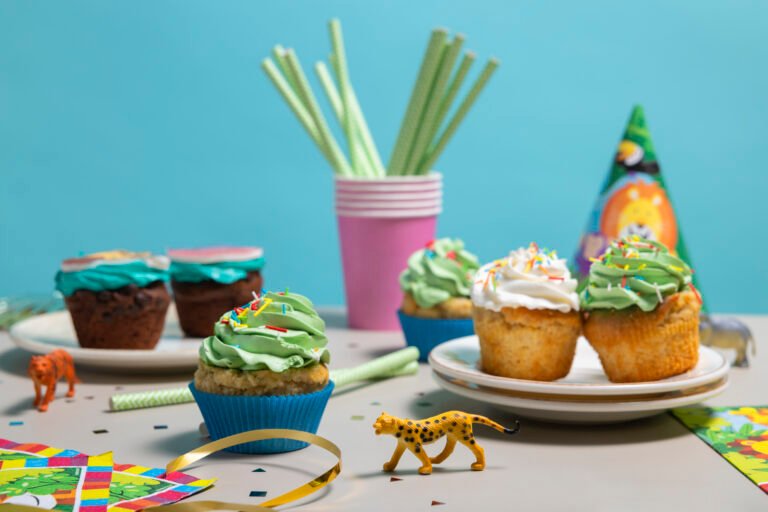Make allergy-friendly cupcake in just 7 steps-an ultimate guide
This guide offers allergy-friendly cupcake recipes, tips for healthier ingredients storage, and best storage tips to keep them healthy.
What are allergy-friendly cupcakes?
They are actually those cupcakes that are backed by using alternative ingredients for these things:
- Gluten-Free – People with wheat allergy or celiac disease use almond flour, oat flour, or gluten-free flour.
- Dairy-Free – People with milk allergy use almond milk, soy milk, or coconut milk.
- Egg-Free – People with egg allergy use flaxseed egg, applesauce, or mashed banana.
- Nut-Free – People with Peanut or tree nut allergy use sunflower seed butter or coconut-based alternatives.
- Soy-Free – People with Soy allergy use coconut oil or olive oil.
Why Choose allergy-friendly Cupcake?
One in thirteen U.S. children suffer from allergic reactions to food, according to the statistics from FARE (2023). Due to severe allergic reactions, many educational institutions enforce policies that ban nut products. Using whole grains combined with low sugar content and dairy choices results in nutritious cupcakes. If you are not tired yet then must try this perfectly moist, rich chocolate cake recipe, Silky and fluffy Chocolate French Buttercream, and Lemon Cupcake with Zesty Lemon curd and cream cheese buttercream.
Folks adore cupcakes as their pick for events at school and birthdays, as well as lunchtime special treats. Educational institutions place severe food restrictions in place because numerous students suffer from allergies. This tutorial demonstrates how to make nut-free, delicious, school-safe, allergy-friendly cupcake cupcake accessible to all students without worry.
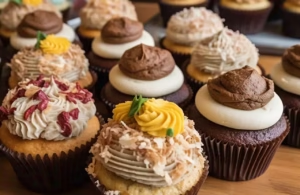
Key Ingredients for Allergy-Friendly Cupcake:
Ingredient:
- Safe Alternative
- All-Purpose Flour
- Oat, Rice, or Whole Wheat Flour
- Gluten-free and nutritious
- Milk
- Oat, Almond, or Soy Milk
- Dairy-free alternative
- Eggs
- Applesauce, Chia, or Flax Eggs
- Vegan-friendly option
- Butter
- Coconut Oil or Vegan Butter
- Lactose-free substitute
- Sugar
- Honey, Maple Syrup, or Stevia
- Reduces refined sugar
Ingredients amount:
- 1 ½ cups oat flour
- 1 cup unsweetened applesauce (egg substitute)
- ¾ cup oat milk
- ½ cup maple syrup
- 1 tsp vanilla extract
- ½ cup coconut oil (melted)
- 1 tsp baking powder
- ½ tsp baking soda
- ¼ tsp salt
Step-by-Step guide:
- Preheat the oven to 350°F (175°C) and line a cupcake tray.
- Mix dry ingredients: In a bowl, combine oat flour, baking powder, baking soda, and salt.
- Blend wet ingredients: In another bowl, whisk applesauce, oat milk, maple syrup, vanilla extract, and melted coconut oil.
- Combine mixtures: Gradually mix wet ingredients into the dry mixture until smooth.
- Pour batter into cupcake liners, filling each about ¾ full.
- A toothpick should come cleanly after eighteen to twenty-two minutes of baking.
- Cool and enjoy: Let cupcakes cool before adding allergy-safe frosting.
Tips for Making School-Safe Cupcakes Even Better:
- Use Silicone Baking Cups as they are both environmentally friendly and create no mess.
- Spinach powder, together with beet juice, makes an excellent natural coloring alternative.
- Look for syrup replacements that use stevia or monk fruit as low-sugar sweetening agents.
- School guidelines must always be checked to confirm ingredients meet the required standards. These tips help you to make perfect allergy-friendly cupcake.
How to Store them for Freshness?
Successful storage of school-safe cupcakes depends on adhering to proper methods. After the cupcakes reach full room temperature, place them in a sealed container to store them at room temperature for not more than three days. Dairy-free frosted cupcakes should be kept in the refrigerator for freshness preservation, although a complete return to room temperature will produce optimal texture.
Uncovered cupcakes can stay fresh in a sealed container in the freezer for 3 months. Allow them to thaw at fridge temperature overnight before consumption. School events require labeled storage of cupcakes containing the date so you can monitor freshness and guarantee safe and allergy-compliant contents.
Can You Freeze Allergy-Friendly Cupcake?
Yes! Three months is the maximum period you can store allergy-friendly cupcake when frozen. The first step is to let your cupcakes achieve full room temperature coolness after baking before you either wrap each one individually using plastic wrap or place them inside a tightly sealed container. The appropriate packaging prevents freezer burn, which protects your food from dryness.
To properly preserve dairy-free or nut-free frosted cupcakes, you must first place them in the freezer for one hour without cover, then store them in sealed packages, which should contain parchment paper among layers. Once stored in an airtight container, the food items need 30–60 minutes of room temperature thawing before consumption. With this method, you can achieve soft and safe cupcakes that are suitable for school lunches alongside emergency celebrations.
Allergy-friendly cupcake Use Organic Ingredients Instead Of Refined Sugar.
The combination of refined-sugar-free school-safe treats with healthy ingredients provides children with nutritious, tasty options. A healthy substitution for white sugar exists in natural sweeteners, which include honey and maple syrup, and mashed bananas maintain flavor quality while promoting health benefits. Using whole-grain flour made from either oats or almonds gives cupcakes additional fiber and protective nutrients and boosts their energy content.
Children with lactose intolerance can enjoy dairy-free snacks which contain oat milk combined with coconut oil. This allergy-friendly cupcake option provides steady school energy combined with better concentration, which makes it an ideal choice for lunch boxes.
High-Fiber & Protein Cupcakes for Active Kids:
Active children love high-fiber and protein cupcakes which deliver essential energy and nutritional elements to maintain their active lifestyle. The combination of whole wheat flour, oats, and protein-rich ingredients such as Greek yogurt with nut butter creates cupcakes that deliver fiber along with protein content.
These nutritious cupcakes make digestion better and provide protein which enables muscle growth along with extended satiation for youngsters. These cups serve as an appetizing route to include nutritious components even as they deliver a flavorful experience. These snacks function as afternoon snacks or meal add-ons that give energetic children essential energy to maintain their focus.
Can You Freeze Allergy-Friendly Cupcakes?
The technique of freezing works perfectly well with allergy-friendly cupcakes. Freezing is an ideal preservation strategy that keeps these treats ready for future use. The first step for freezing involves waiting until the cupcakes become totally cooled. Placing the cupcakes in an airtight container followed by a tight wrap with a plastic sheet protects them from freezer burn.
To protect your cupcakes during freezing, you need to use foil as a first layer, followed by placing them inside ziplock bags or a suitable container. Use room temperature to thaw the cupcakes before heating them briefly in the microwave if you wish to eat them. Your allergy-friendly cupcake will remain delicious through this preparation method so they can be eaten as needed.

Best Containers for Keeping School Cupcakes Fresh:
The sustainable freshness of school cupcakes depends heavily on your selection of appropriate storage containers. Airtight containers serve as the top choice because they preserve moisture, which keeps your cupcakes both soft and fluffy. A stable plastic container, together with an elastic-locking lid, ensures the safe shipment of your treats without deformation.
For protection from frosting damage, choose containers with high-sided sections or ones that include cupcake holders to maintain proper placement. A cake carrier with an airtight lid creates an ideal solution since it protects your cupcakes without affecting their ability to breathe. The most suitable containers will protect the taste quality and texture alongside the visual appeal of your allergy-friendly cupcake leading up to serving time.
Conclusion:
A school-safe cupcake includes multiple considerations regarding both allergy safety and deliciousness, together with nutritional values that appeal to children’s tastes. You can create treats suitable for children with any dietary requirements by selecting gluten-free flour together with dairy-free milk along with natural sweeteners.
You can maintain fresh and ready cupcakes anytime by properly storing them as well as freezing them. These allergy-friendly cupcake represent an enjoyable option for people to share on all occasions because they appeal to parents through safety standards while satisfying children with their delicious taste.
For seo services you can visit us on “our site“.
FAQs:
The cupcakes should be placed in airtight storage at room temperature for three days or will stay fresh when refrigerated for one week. Absolutely! Individual portions of cupcakes should be wrapped for freezer storage that lasts for three months. You should choose dairy-free buttercream by combining vegan butter with powdered sugar. The substitution option between maple syrup comprises unsweetened applesauce or the utilization of monk fruit sugar substitute. What would be the best method to store these cupcakes?
Can I freeze school-safe cupcakes?
Are there any particular frostings allowed within school policies?
Can you tell me the process of creating sugar-free cupcakes?


